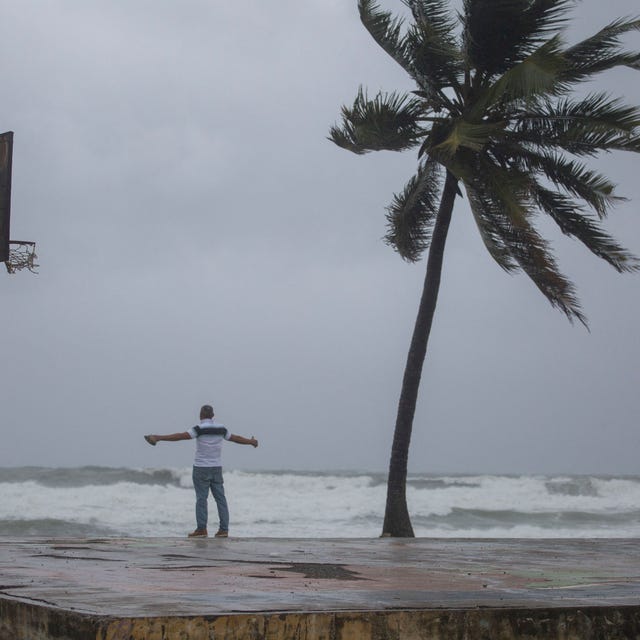In the End, Climate Change Is the Only Story That Matters
To pretend otherwise is just to build the walls of your sandcastle higher.

(Gratuitous Musical Accompaniment To This Post)
While we watch the disembowelment of various lawyers in the employ of a former president* and wrap ourselves in the momentum of the upcoming midterm elections, the climate crisis—its time and tides—waits for no one. Every other story in our politics is a sideshow now. Every other issue, no matter how large it looms in the immediate present, is secondary to the accumulating evidence that the planet itself (or at least large parts of it) may be edging toward uninhabitability.
All summer, the main climate story was the worldwide drought. Reservoirs dried up, rivers shrank, huge rock walls showed “bathtub rings” as markers of where all the water used to be. Lake Mead gave up its forgotten mob victims, and rivers in the Balkans gave up Nazi ships scuttled almost 80 years ago, one step ahead of the Red Army. All of which was fairly interesting, but when you’re thirsty, archaeology is no substitute for water.
Now, though, it’s fall again, running toward winter, and for people who live near the seacoast and on islands, that means it’s cyclonic storm season again; and cyclonic storm systems are now bigger and stronger and more relentless than they’ve ever been, strengthened every year by the accumulating dynamics of the climate crisis.
By the end of this week, Hurricane Fiona—which already had torn up Puerto Rico, the Dominican Republic, Bermuda, and the Turks and Caicos—was building up strength again as it moved north and took dead aim at Nova Scotia and the rest of Atlantic Canada.
Ahead of Fiona, the Canadian Hurricane Centre has issued a hurricane watch for portions of Nova Scotia, Prince Edward Island, Iles-de-la-Madeleine and Newfoundland. “Hurricane Fiona has the potential to be a landmark weather event in Eastern Canada this weekend,” the Centre tweeted.
Usually, Atlantic Canada gets battered by winter storms roaring in from the North Atlantic. Its encounters with tropical hurricanes usually consist of withstanding their remnants. At worst, a hurricane comes ashore in this region as a Category 2 storm, as was the case with Hurricane Juan. Even the legendary Nova Scotia Cyclone of 1873, which came up on roughly the same track as Fiona seems to be following, and which sank 1,200 boats and killed 500 people, probably came ashore as a Category 1 storm. If Fiona strikes as a Category 3 or 4, it will be a historic storm for that part of the world.

No comments:
Post a Comment